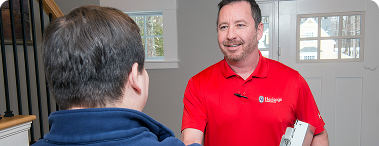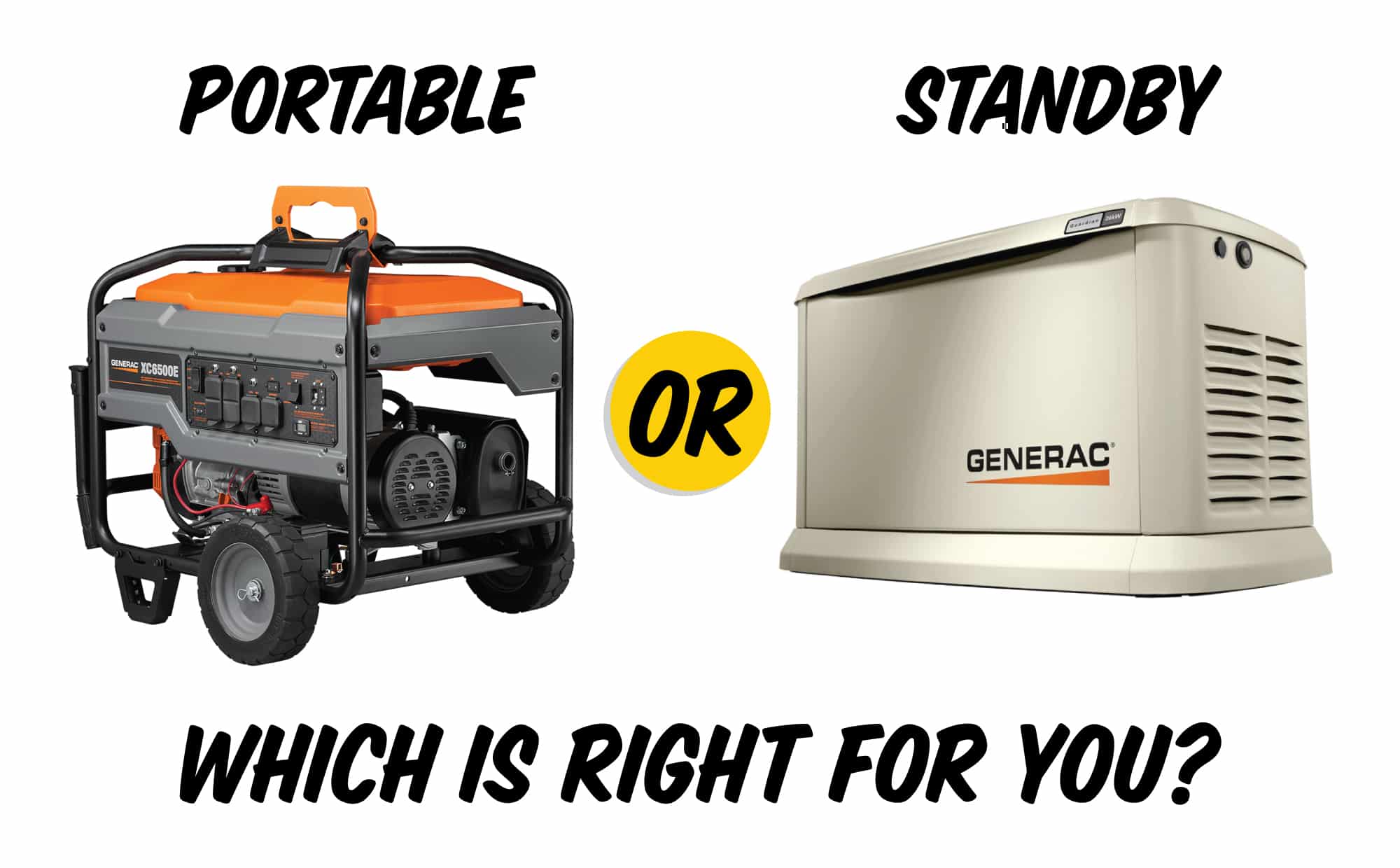When choosing between a portable or a whole-home standby generator, it can be difficult to determine which is right for your home. Regardless of brand, there are a few questions you can ask yourself about generators that will quickly determine if one is a better option than the other:
- How large is your home?
- What can’t you live without during an outage?
- How easy does it need to be to use?
- What is your budget?
Providing honest answers to these questions is the first step in choosing a generator that will be a great investment in your peace of mind, as well as contributing to your overall satisfaction with your purchase.
$50 OFF
ANY Repair*
Must be over $200 value.
SCHEDULE NOWCannot be combined with other offers or discounts. Expires 7/31/25

Financing Made Easy
When you choose Heritage, you can rest easy knowing that we provide straightforward options to help you budget for a complete solution that will last you for decades to come.
VIEW FINANCING OPTIONS
Complete Care Plan
With Complete Care, enjoy peace of mind knowing your home's plumbing, heating, cooling, and electrical needs are handled year after year—hassle-free, with added benefits.
VIEW PLAN







